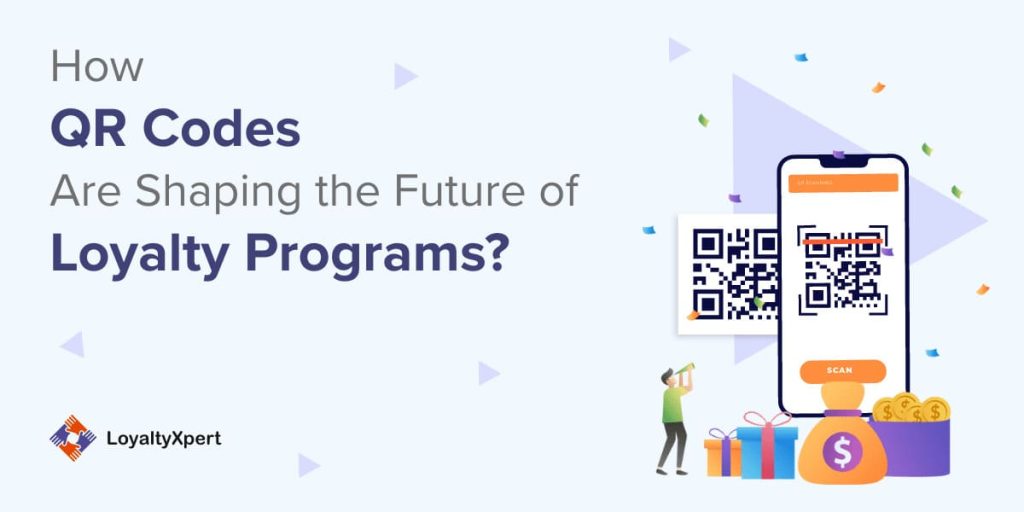Maximize Engagement with an Adjustable Loyalty System for Your Company
Maximize Engagement with an Adjustable Loyalty System for Your Company
Blog Article
Commitment System Insights: Rewarding Clients and Expanding Your Brand Name
Commitment programs have evolved past simple transactional benefits; they currently serve as strategic devices for fostering deeper consumer connections and boosting brand commitment. The effect of a well-implemented commitment program extends past customer retention, driving advocacy and forming brand assumption in a competitive industry.
Comprehending Commitment Programs

By assessing this information, organizations can customize their offerings to better meet consumer requirements, creating a much more customized buying experience. This personalization is essential in building trust fund and emotional connections, which are essential for brand name commitment. Commitment programs can improve consumer interaction via special deals, benefits, and experiences that reverberate with consumers, enhancing their dedication to the brand name.
Additionally, commitment programs can add to boosted customer lifetime worth, as pleased and dedicated consumers are much more most likely to make frequent purchases and refer others. Inevitably, when implemented successfully, commitment programs not only incentivize prompt sales but additionally cultivate a neighborhood of brand name advocates, therefore driving sustainable development for companies in an affordable market.
Kinds of Reward Equipments
Various sorts of benefit systems exist within loyalty programs, each made to satisfy different customer preferences and business objectives. One prominent approach is the points-based system, where consumers earn points for every single acquisition, which can later be redeemed for products or discounts. This version motivates repeat purchases and promotes a sense of accomplishment as consumers collect points.
One more reliable type is tiered rewards, which incentivizes clients to reach higher levels of loyalty. As clients advance via rates, they unlock significantly important benefits, thereby boosting consumer engagement and retention. This system rewards both preliminary spending and recurring loyalty, making clients really feel valued.
Cashback rewards are also common, providing clients a percentage of their purchase back as cash money or credit rating. This straightforward strategy attract price-sensitive customers and can drive much more frequent acquisitions.
Lastly, experiential incentives supply special experiences, such as exclusive occasions or very early access to items. These benefits create remarkable communications with the brand, cultivating much deeper emotional links.
Each of these systems supplies unique advantages, permitting organizations to customize their loyalty programs to align with their consumer demographics and calculated objectives.

Benefits of Carrying Out Commitment Programs
Carrying out commitment programs supplies countless benefits that can significantly enhance a business's partnership with its customers. By rewarding repeat acquisitions, services cultivate a feeling of belonging, motivating clients to return more frequently.
In addition, loyalty programs allow companies to gather important data on customer choices and buying behaviors. This details can be examined to tailor advertising and marketing efforts, bring about more effective and tailored campaigns. The understandings got can help organizations identify fads, enhance product offerings, and enhance consumer contentment.
Additionally, commitment programs typically develop a competitive side in crowded markets. By developing a strong loyalty structure, companies can separate themselves, attracting consumers who prioritize brands that worth their loyalty.
Lastly, a well-structured loyalty program can foster brand name advocacy. Devoted customers are more most likely to recommend a brand name to others, effectively transforming them into brand name ambassadors. To conclude, carrying out loyalty programs is a tactical step that can generate considerable benefits, ultimately find out here driving long-term service growth and success.
Approaches for Effective Engagement
Reliable involvement is pivotal for making the most of the advantages of loyalty programs and making certain sustained client interest. Loyalty System. To promote significant links, companies should take on a multi-faceted approach that emphasizes customization, interaction, and worth
First, leveraging consumer information to develop tailored experiences boosts interaction. By evaluating purchase history and choices, brands can offer customized benefits or recommendations that resonate with specific consumers. This targeted technique not only enhances contentment yet likewise encourages repeat interactions.
2nd, transparent and normal interaction is crucial. Making use of different channels, such as e-mail e-newsletters, social media, and mobile applications, makes sure customers are informed concerning promotions, incentives, and program updates. Constant messaging keeps the brand name top-of-mind and strengthens the value of commitment involvement.
Lastly, incorporating gamification aspects can considerably boost involvement. Functions such as factor build-up, challenges, and tiered incentives create a feeling of accomplishment and exhilaration, inspiring customers to involve more proactively with the program.
Integrating these strategies grows a devoted customer base, driving continual growth and brand name affinity while optimizing the potential of commitment programs. By focusing on efficient interaction, businesses can reinforce connections and boost the general customer experience.
Measuring Success and ROI
To properly evaluate the effectiveness of commitment programs, services should establish clear metrics for measuring success and roi (ROI) Trick efficiency indicators (KPIs) such as customer retention rate, ordinary order worth, and the frequency of repeat acquisitions supply measurable insights right into program performance.
In addition, tracking the general impact on client life time value (CLV) is vital. An effective loyalty program need to boost CLV by cultivating client loyalty and motivating repeat purchases (Loyalty System). Companies should likewise take into consideration the price of preserving the program and implementing against the income produced with devoted clients
An additional beneficial strategy is to analyze customer engagement metrics, such as participation rates in loyalty activities and the redemption of rewards. This information permits firms to improve their offerings and boost consumer experiences.
Moreover, making use of innovative analytics and client comments can even more support the analysis of commitment program find more information efficiency. By integrating qualitative understandings with quantitative data, organizations can change techniques to optimize efficiency. Eventually, an extensive dimension structure will make it possible for companies to understand the real worth of their loyalty programs and make informed choices for future growth.
Conclusion
In conclusion, commitment programs work as an important mechanism for improving customer involvement and cultivating brand loyalty. By employing numerous incentive frameworks and customized incentives, businesses can successfully satisfy diverse consumer preferences. The calculated application of these programs not only raises client retention but likewise changes pleased consumers into supporters, adding to brand growth and affordable advantage. Ultimately, the successful implementation of commitment systems is instrumental in making best use of customer life time worth and achieving lasting organizational success.
Loyalty programs have actually advanced past mere transactional benefits; they now serve as calculated devices for cultivating much deeper customer relationships and enhancing brand loyalty. As customers progress through tiers, they unlock increasingly important benefits, consequently improving client interaction and retention. An effective loyalty program ought to boost CLV by promoting client loyalty and encouraging repeat transactions.In conclusion, commitment programs offer as a vital mechanism for my latest blog post enhancing customer involvement and cultivating brand name commitment. The critical execution of these programs not just boosts client retention however also transforms satisfied customers right into supporters, adding to brand growth and competitive advantage.
Report this page